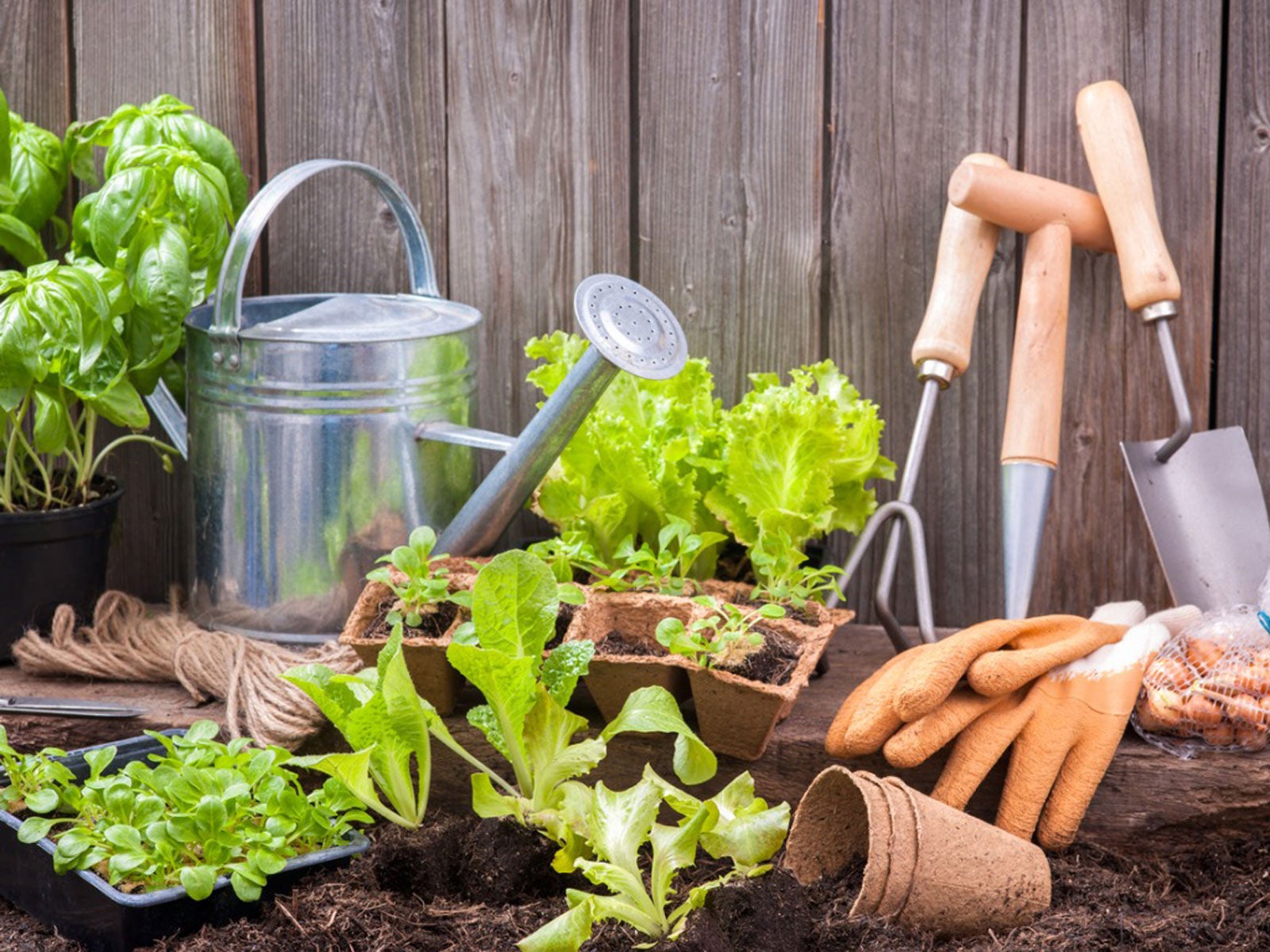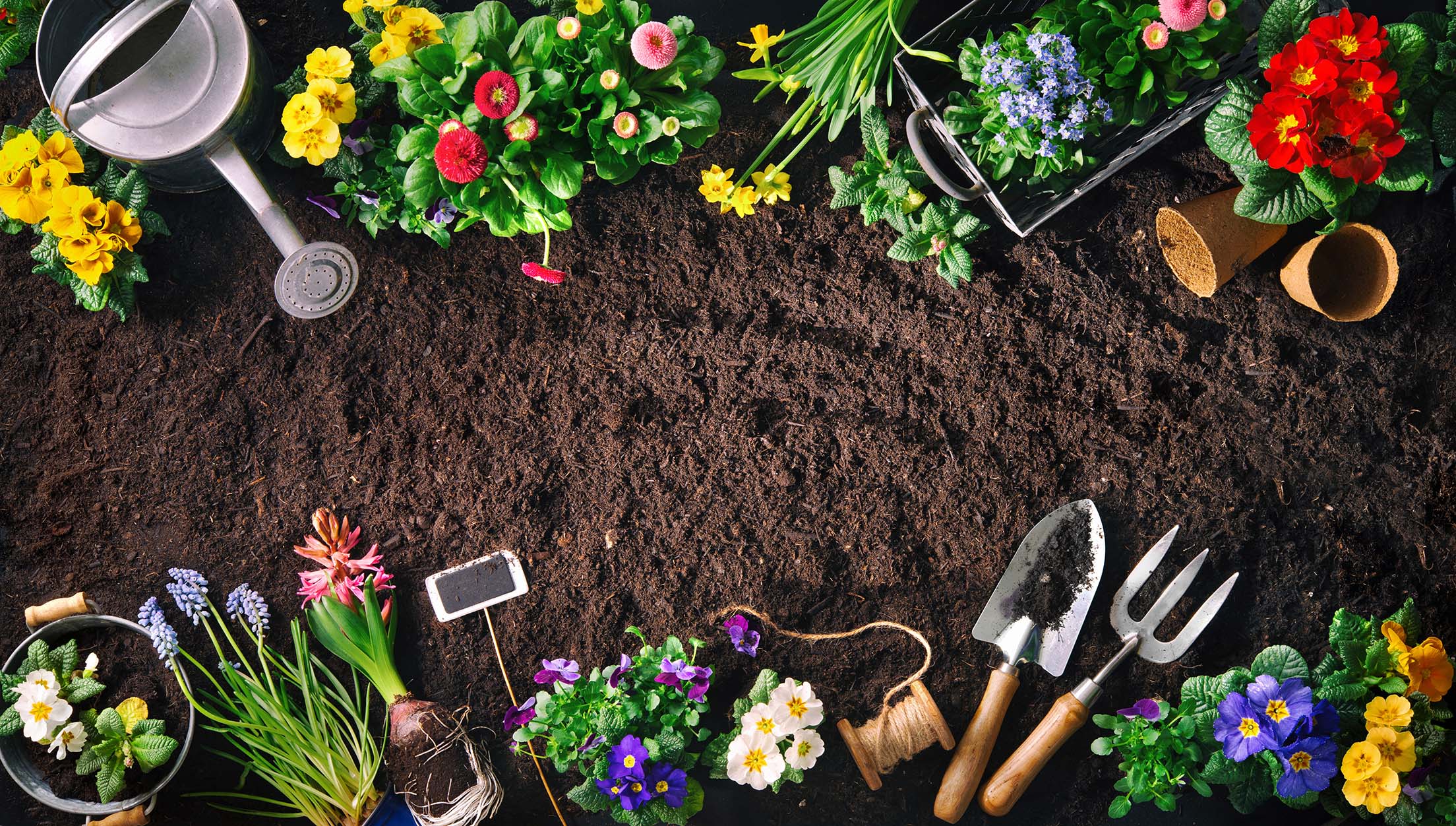Seasonal Gardening Tips to Maintain Your Garden Flourishing Year-Round
Seasonal Gardening Tips to Maintain Your Garden Flourishing Year-Round
Blog Article
Specialist Gardening Tips for Developing a Lasting and Eco-Friendly Garden
Starting the trip to produce a lasting and green garden includes a collection of calculated options and practices that not only boost the charm of your area yet likewise contribute positively to the setting. By selecting native plants that are fit to your area, you can decrease reliance on chemical fertilizers and pesticides while providing important assistance to regional wild animals. In addition, incorporating water conservation methods and natural gardening methods plays a vital function in keeping a healthy community. To reveal more useful methods and skilled insights, allow us check out the essential components that specify an ecologically aware garden.
Pick Indigenous Plants
Choosing indigenous plants for your yard is an essential action toward attaining sustainability. Native plants are inherently adapted to the neighborhood environment and soil conditions, making them extra durable to local pests and illness. This reduces the need for chemical pesticides and fertilizers, therefore reducing environmental effect. Additionally, native plants typically require less water as soon as established, adding to more effective water use.
Beyond their functional advantages, indigenous plants play a critical duty in supporting local biodiversity. They supply vital environment and food sources for native wildlife, including pollinators such as birds, bees, and butterflies. This promotes a well balanced ecosystem, which is crucial for the health and wellness of your garden and the surrounding atmosphere.

Implement Water Preservation
Applying water conservation methods is necessary for maintaining a sustainable yard. Reliable water usage not just reduces the environmental impact yet additionally makes certain that plants receive appropriate hydration without wastefulness.
Furthermore, mulching is a useful technique for saving water. By applying a layer of natural mulch, such as wood chips or straw, around the base of plants, gardeners can decrease dirt evaporation and keep regular dampness levels. Compost likewise aids control dirt temperature and reduces weed growth, more adding to plant wellness.
Rainwater harvesting is another sustainable technique. Installing rainfall barrels or other collection systems allows gardeners to catch and store rainwater, which can later on be used throughout completely dry periods. This not just saves metropolitan water but also offers a natural, chemical-free source for watering.
Lastly, picking drought-tolerant plant varieties can drastically lower water demands. These plants are adapted to prosper in low-water problems, making them perfect for green yards. gardening tips. Carrying out these water conservation approaches will certainly foster a resilient, sustainable garden
Use Organic Horticulture Approaches

Pest administration in a natural yard relies upon incorporated bug administration (IPM) techniques. These consist of motivating beneficial bugs, using natural predators like lacewings and ladybugs, and carrying out plant turning to interrupt pest life process. Buddy growing, where particular plants are expanded together to fend off pests or draw in helpful insects, is one more effective strategy.
Weed control is handled through mulching and hands-on removal, as opposed to relying upon herbicides. Compost not only suppresses weeds but likewise preserves dampness and improves dirt wellness click here to find out more as it breaks down. Organic composts, such as straw, wood chips, and leaves, are especially advantageous.
Create Wildlife Habitats
Creating wildlife environments within your yard not only enhances biodiversity yet additionally supports the environment's balance. By designing rooms that bring in and sustain regional animals, you can develop a growing micro-ecosystem that benefits both plants and pets. Begin by incorporating native plants, as these are appropriate to your local environment and give essential food and sanctuary for wild animals. Native plants sustains a variety of insects, birds, and tiny creatures, contributing to the environmental network.
Take into consideration including a water attribute, such as a pond or birdbath, to offer a constant water resource. Water elements bring in a selection of varieties, from amphibians to pollinators, boosting the yard's vigor. Furthermore, setting up birdhouses, bat boxes, and insect hotels provides secure nesting websites and urges biodiversity.
Leave some areas of your garden undisturbed, allowing fallen leave trash and fallen branches to accumulate. These natural particles stacks produce environments for bugs and tiny animals, promoting a balanced ecosystem. Prevent making use of chemical pesticides and herbicides, as they can damage valuable wildlife and interrupt food chains. By focusing on these sustainable techniques, your garden can come to be a shelter for this local wild animals, promoting eco-friendly health and sustainability.
Technique Composting and Mulching
A key element of lasting horticulture, composting and mulching, substantially enhances dirt wellness and minimizes waste. Composting involves reusing natural products such as cooking area scraps, turf trimmings, and leaves. These materials decompose to create nutrient-rich compost, which acts as a natural fertilizer. Unlike synthetic fertilizers, compost enhances the dirt with valuable bacteria and essential nutrients, fostering a much healthier yard community.
Mulching, on the other hand, entails covering the soil surface area with not natural or organic products, such as more straw, timber chips, or shredded fallen leaves. This method supplies several advantages: it preserves dirt moisture, reduces weed growth, and moderates dirt temperature. Compost additionally gradually breaks down, adding raw material to the dirt and additional boosting its fertility.
To practice reliable composting, guarantee your compost heap has an equilibrium of green products (abundant in nitrogen) and brown products (abundant in carbon), preserving appropriate aeration and moisture. gardening tips. Consistently turning the heap accelerates disintegration. For mulching, use a 2-3 inch layer around plants, ensuring it does not straight call stems or trunks to stop rot
Conclusion

Choosing native plants for your yard is a basic step toward attaining sustainability.Moreover, incorporating indigenous plants can boost the aesthetic appeal of your yard. These plants are adjusted to flourish in low-water conditions, making them suitable for green gardens. Implementing these water preservation methods will promote a durable, lasting garden.
In verdict, developing a sustainable and environmentally friendly yard includes the tactical choice of native plants, the fostering of water conservation strategies, and the application of organic gardening methods.
Report this page